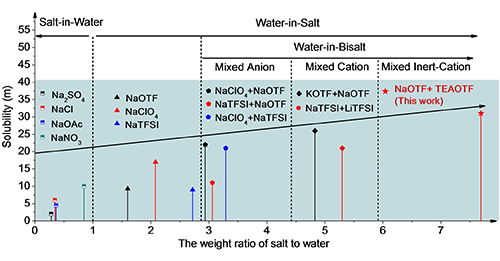Scrap Copper Wire recycling does have a very wide range of uses, if not effective recycling will be a huge waste. Because Copper is a very important raw material, is widely used in electrical, light industry, machinery manufacturing, construction industry, national defense industry and other fields, in China's non-ferrous material consumption second only to aluminum.
The following are common types of copper scrap:
Copper wire of the first class, No. 1
1. Primary copper wire: It is required to be bare, uncoated, and unalloyed pure copper core wire.
2. Secondary copper wire: including clean, no color, no coating, wuxi, no alloy pure copper wire and copper cable.
3. Does not contain burrs and burned fragile copper wire.
4. Surface no air oxidation, not including burr, copper wire diameter is not less than 1.6mm.
The second type, No. 2 copper wire
1. Non-alloy scrap cable: miscellany containing 96% copper (minimum 94%).
2. Can not contain too lead and tinned cable.
3. Welded copper, brass, and bronze wires.
4. Too much oil, scrap steel and non-metallic materials.
5. Quenched overburned wires, insulated cables and too many fine threads.
6. There can be appropriate and effective methods to remove dirt.
The third type, waste enamelled wire
1. Level 1: pure enamelled wire, without impurities.
2. Level 2: After high temperature paint removal, there is an oxide layer on the surface, no impurities.
The fourth class, special purple miscellaneous copper
1. It mainly includes all copper wastes such as corner cutting heads, waste secondary materials, semi-finished products, cables and scrap generated in the production process of copper processing plants.
2. Scrap all copper bare wire and Copper Pipe and other copper products are allowed, but not allowed to appear scale, oil stains, coating, etc.
3. Copper waste shall not contain any impurities.
4. It is also not allowed to contain wool, car scraps, grinding scraps and copper plate with thickness less than 1mm.
The fifth class, No.1 purple miscellaneous copper
1. Including clean, non-alloy, non-coating production of manufacturing Angle material, conductive plate and other waste copper.
2. And copper wires larger than 1.5 mm in diameter.
3. Clean copper pipes and other all-copper bits are allowed in the material.
4. The copper content is 98%, the minimum copper content is more than 96%.
5. Unburned crisp copper wire.
The sixth class, No. 2 purple miscellaneous copper
1. It mainly includes mixed pure copper scrap, excluding copper alloy.
2. The copper content is 95%, the minimum content is 93%.
3. Welding processing scrap copper can not contain too much lead and tin.
4. Too much oil, steel and non-metallic waste.
5. Copper pipes with non-copper joints or containing residues.
6. Burned or insulated copper wire, wool, burned brittle copper wire, soil, etc.
The seventh class, No.1 copper rice
1. It mainly includes No. 1 exposed, no coating, no alloy scrap cable copper meter.
2. The minimum standard copper content is 99%, excluding wool.
3. Excluding tin, lead, aluminum, iron and other metallic debris.
4. No insulation and no other impurities.
Class 8, No. 2 copper rice
1. Level 1: It mainly contains scrap cable copper rice without alloy material.
a) The minimum copper content is 99%, without other non-metals and insulation.
b) Metal material debris, the maximum limit is as follows: aluminum 0.05%, nickel 0.05%, iron 0.05%, tin 0.25%, antimony 0.01%
2. Level 2: Usually refers to the copper rice produced by processing with No. 2 non-alloy scrap cable.
a) Minimum copper content is 97%.
b) Aluminum content of metal debris should not exceed 0.5%.
c) Other metal or insulation and other sundries shall not exceed 1%.

Typically, about a third of the refined copper is returned to the market after it is reprocessed and the rest is reprocessed for reuse. And using scrap copper as raw material, compared with copper ore smelting can save resources, at the same time reduce emissions. Process simplification, the need for simple equipment, high recovery efficiency, less energy consumption, low interest, light pollution and other characteristics.
Copper Wire Scrap,99.99% Mill Berry Copper wire,Scrap Copper
Shandong Longhao Steel Group Co., Ltd. , https://www.longhaosteels.com